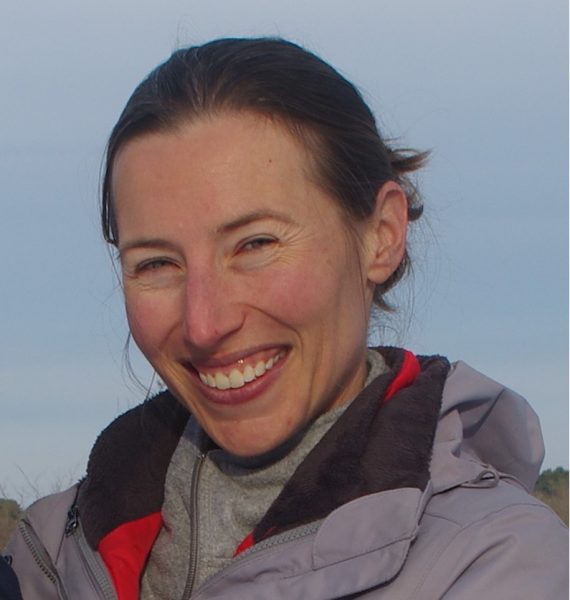Chasing a wave: seismic velocities from North America to Asia

Dr. Anna Foster
Assistant Professor, Yachay Tech University, Ecuador
Wednesday, October 28, 2020
1 pm
watch Anna’s talk here
Abstract
The speed at which a seismic wave travels through the Earth gives us clues about the rocks along the wave’s path. Though not as clear-cut as we might like, we can often use the velocities to infer differences between neighboring regions in terms of their rock type, sediment thickness, temperature, or tectonic history. Anisotropy can provide more information about the current or previous stress state of the rocks. Recent results from central Canada and the northern USA illustrate both of these concepts. We measure inter-station phase velocities from a large set of seismic stations from various Canadian networks, as well as the USArray Transportable Array, and invert them to produce anisotropic phase-velocity maps at periods from 20-200 s. We interpret phase velocity anomalies as representing major features like the Keeweenawan Mid-Continent Rift and the Superior Craton. With the same goals but a very different setting and data availability, I will show our progress and goals from a study of ambient noise tomography in Bangladesh.

